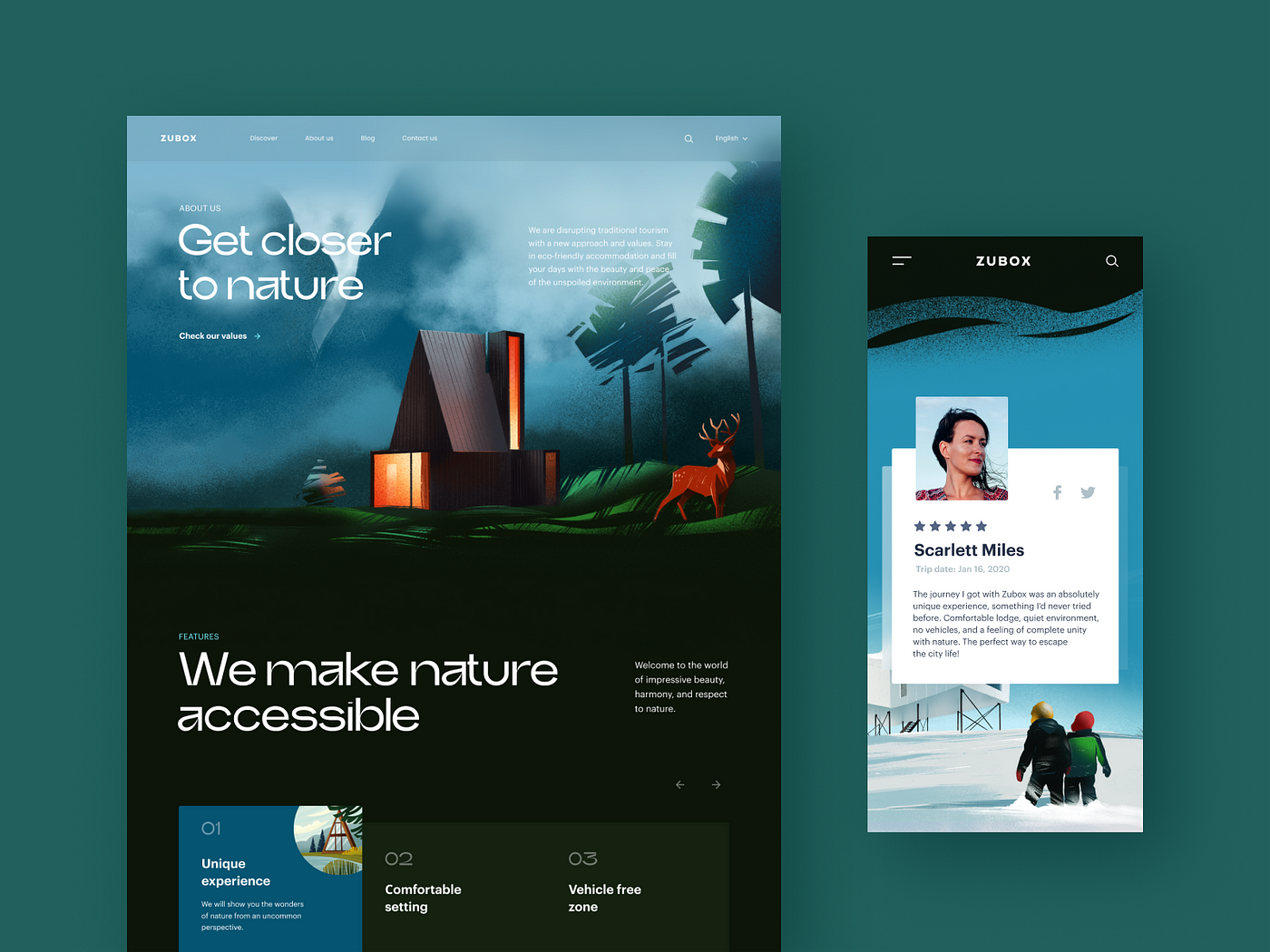The Best Overview to Creating Effective and Engaging Web Design
The Best Overview to Creating Effective and Engaging Web Design
Blog Article
Discovering the Effect of Receptive Internet Style on Ease Of Access and Individual Complete Satisfaction Throughout Various Gadgets
The emergence of responsive web layout (RWD) has actually changed the electronic landscape, particularly in improving ease of access and user fulfillment throughout a multitude of tools. By utilizing flexible user interfaces and versatile layouts, RWD not only caters to diverse user demands but additionally attends to the critical importance of inclusivity in web experiences.
Interpretation of Receptive Website Design

The core concept of RWD is to give an optimum watching experience, that includes very easy reading and navigating without the requirement for extreme scrolling or resizing. This versatility is necessary in an electronic landscape where individuals accessibility details with various tools with differing screen resolutions. RWD not just boosts use however likewise enhances load times, as it usually utilizes a single codebase to offer several devices, decreasing the need for different mobile websites.
Eventually, Responsive Internet Style intends to create a natural and interesting customer experience, making sure that material is visually enticing and functionally efficient, no matter the device being used. This adaptability is crucial in fulfilling the varied needs these days's internet customers, promoting involvement and contentment across systems.
Value of Ease Of Access
Just how can we guarantee that all customers, no matter their capacities, can engage with internet material efficiently? Accessibility in website design is of paramount value, as it fosters inclusivity and makes sure equivalent access to details for people with specials needs. This incorporates visual, acoustic, and cognitive problems, requiring designers to consider diverse individual demands.

By prioritizing accessibility, organizations not just abide by lawful requirements yet also boost their brand reputation, showing a dedication to social obligation. Accessible sites usually result in improved functionality for all customers, as functions made for inclusivity can benefit a wider target market.
Eventually, the relevance of accessibility transcends mere compliance; it is regarding producing a digital environment where every individual can navigate, comprehend, and engage with content efficiently, thus enhancing the overall web experience for everyone.

Individual Satisfaction Across Instruments
Numerous customers expect a seamless experience when accessing internet material across different tools, from desktops to smart devices. This expectation is rooted in the boosting variety of devices and screen sizes readily available today. Receptive website design (RWD) plays a vital role in meeting these assumptions by making certain that websites adapt fluidly to different display screen settings.
User fulfillment is dramatically influenced by the ease of access and functionality of a site. When individuals can conveniently browse, review, and interact with content despite the device they are using, their overall complete satisfaction increases. A well-implemented responsive design reduces the need for zooming or straight scrolling, which can lead and frustrate customers to higher bounce rates.
Furthermore, user complete satisfaction is likewise affected by elements such as loading speed and aesthetic allure. RWD strategies that maximize photos and enhance code can improve performance, thus contributing to a more pleasurable user experience. As users involve with web content that is customized to their gadget, they are more probable to spend time on the site, return for future gos to, and recommend it to others. Eventually, responsive website design cultivates a positive relationship between customers and internet material across devices.

Influence on Mobile Users
Over 54% of international web website traffic now stems from mobile phones, highlighting the crucial importance of maximizing web experiences for this customer base. Responsive website design (RWD) plays a critical duty in improving ease of access and user contentment for mobile individuals. By adapting design, images, and capabilities to different display sizes, RWD makes certain that content is not just visually attractive yet likewise conveniently navigable, no matter of the tool used.
The influence of RWD on mobile customers extends past aesthetics; it dramatically influences use. A well-designed receptive site reduces the demand for excessive scrolling and zooming, promoting a much more intuitive interaction. It promotes inclusivity by suiting customers with varying abilities, ensuring that those that count on mobile tools can access details with convenience.
In addition, mobile individuals benefit from much faster filling times, as RWD optimizes sources based upon device abilities - web design. This effectiveness is important, as mobile individuals commonly look for quick info and may abandon sites that fail to additional info fill without delay. Inevitably, the assimilation of receptive internet style is vital for satisfying the diverse needs of mobile customers, enhancing their total experience and motivating ongoing interaction with the material
Best Practices for Implementation
Executing receptive website design (RWD) efficiently requires adherence to several ideal methods that make sure optimal efficiency throughout devices. First, making use of a liquid grid layout is essential; this permits aspects to resize proportionally based on the display dimensions, providing a smooth experience. In addition, using versatile images ensures that visuals range properly without losing top quality or creating design issues.
Following, carrying out media queries is critical for using different designs based on device characteristics. These questions make it possible for designers to customize the customer experience for particular resolutions, enhancing functionality and access. In addition, prioritizing mobile-first layout can lead to far better performance by originally concentrating on the smallest displays and gradually boosting the experience for larger tools.
Making sure that all interactive components are touch-friendly and maximizing web page lots times dramatically contribute to user satisfaction and accessibility. By sticking to these finest methods, companies can create a robust and obtainable web visibility that satisfies the diverse demands of customers across different tools. web design.
Final Thought
To conclude, receptive internet design plays an important role in boosting availability and individual complete satisfaction across try these out varied gadgets. By carrying out versatile grids, pictures, and media queries, RWD helps with a seamless user experience, specifically for individuals with disabilities. As mobile use continues to enhance, the fostering of RWD comes to be imperative for supplying aesthetically attractive and functionally effective web sites. Inevitably, the combination of best techniques in responsive style fosters inclusivity, lowers bounce rates, and advertises higher customer engagement.
The introduction of responsive internet layout (RWD) has transformed the electronic landscape, specifically in boosting ease of access and user contentment throughout a wide range of gadgets.Receptive Internet Layout (RWD) changes the user experience across different gadgets by making sure that internet material adapts fluidly to various display dimensions and orientations. Ultimately, responsive web layout fosters a positive connection in between customers and web content across tools.
Over 54% of global web website traffic now stems from mobile gadgets, highlighting the critical value of maximizing internet experiences for this customer base. Receptive internet style (RWD) Recommended Reading plays a crucial duty in improving access and individual complete satisfaction for mobile users.
Report this page